[Shirakawago & Gokayama] Villages with splended rustic cultures
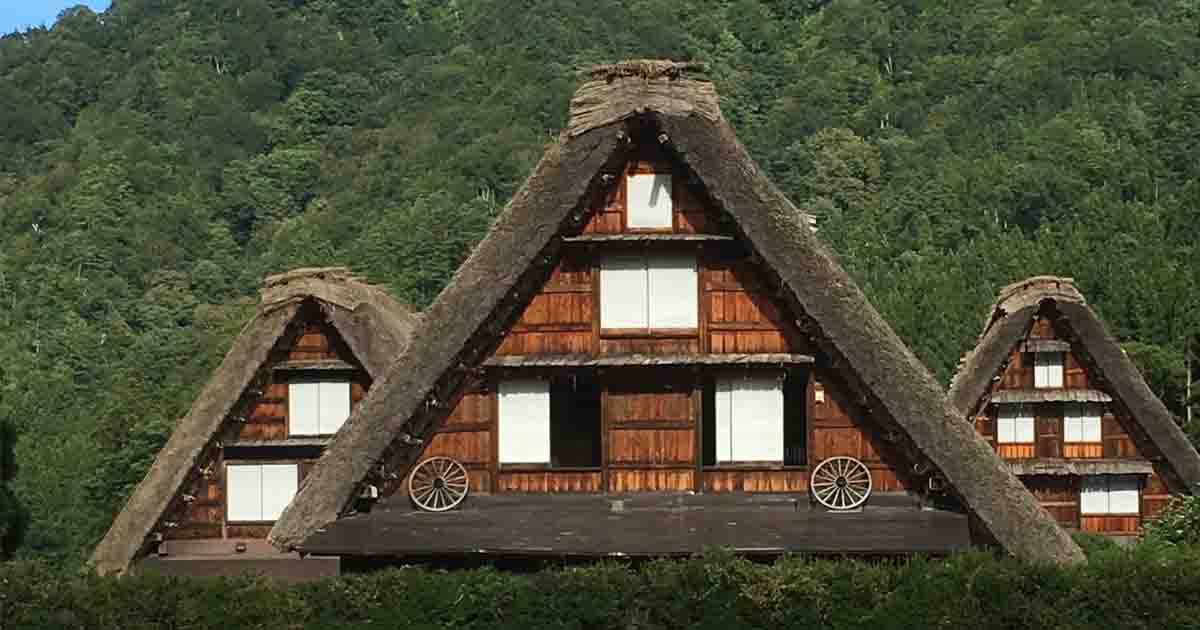
Shirakawago and Gokayama was registered as UNESCO’s World Heritage sites in 1995.
The villages in this area are characterized by A-shaped houses called “gassho-style”.
Why do they look like that?
Why the locals built such houses?
This article is going to show the mysteries and old episodes about the villeges as well as how to get there.
How to reach to each World Heritage village
There are several ways to go to World Heritage villages.
| Bus company | Ainokura | Suganuma | Shirakawago | |
| Toyama | Chitetsu bus | – | – | 90min. |
| Takaoka | Kaetsuno bus | 80min. | 90min. | 130min. |
| Kanazawa | Hokutetsu bus | – | 60min. | 75min. |
| Takayama | Nohi bus | – | – | 50min. |
Takaoka is obviously more convenient starting point to visit all the villages than any other routes.
What are gassho-style houses like?
Gassho-style houses are characterized by a large A-shaped roofs.
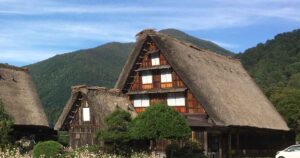
The word “gassho” refers to “joining hands in Buddhist-style prayer” like the image below.
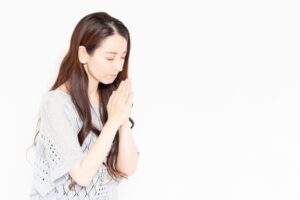
Such kind of the houses were categorized into gassho-style because the shape of the house resembles gassho, namely the hands in prayer.
Although the houses have heartwarming impression with the charming roof, they were designed with an emphasis on functionality rather than looks.
Form and role of the gassho-style houses
Gassho-style houses were, thus optimized to secure workshops for sericulture.
Sericulture was an important business in places like Shirakawago and Gokayama, which are not always suitable for growing crops.
Gassho-style house is categorized into “irimoya-style” style and characterized by the combination of two types of the roof as below.
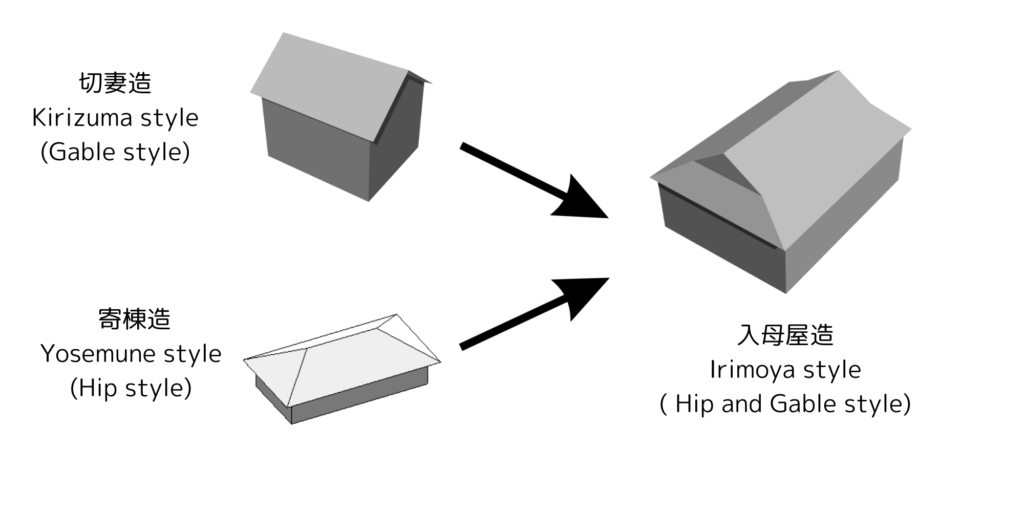
- Kirizuma (gable) roof: A-shaped roof without pillars.
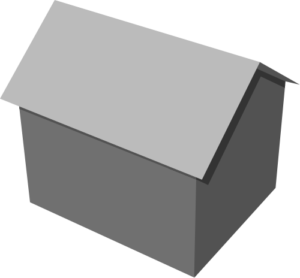
- Yosemune (hip) roof: roof where all sides slope downwards to the wall
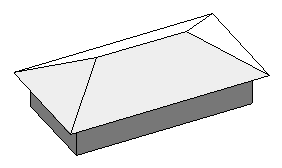
The kirizuma roof does not use pillars, so it is suitable for making a large workshop on the second floor and it allows for letting in the sunlight into the room and keeping good ventilation which is also nessesary for sericulture.
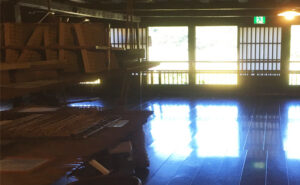
Gable roofs, however, are weak against forces acting in the ridge direction.
Therefore, the first floor adopted a hip roof which is strong enough to withstand the weight of top roof (gable roof) and the horizontal load caused by wind and earthquake.
Ingenuity to prevent damage from accumulated snow
In Shirakawago and Gokayama, the life with harsh snowfall are beyond our imagination. Therefore, the community had to a make strong and functional houses to cope with this difficulty.
The roof adopts a gable structure which doesn’t use pillars which allows for easily adjusting the degree of the roof.
Japanese houses commonly adopt the roof with 45 degrees. However, gassho-style houses with 60 degrees in order to let the piled snow easily slide off.
In addition to that, gassho-style houses sometimes have small ponds next to them, which work well as a way to melt the accumulated snow.
Floor plan with multiple features
The layout of the gassho-style houses is also functional.
A room called “de’e” is used for family ceremonies and Buddhist events, which is placed in the direction where it can ensure the sufficient sunlight.
“O’e” is a large room used as either a guest room or a workplace, located between de’e and niwa (kitchen and workplace).
Thus, the layout of gassho-style houses has multi-functions in order to overcome the inconveniences of the mountaneous area.
How different are Shirakawago and Gokayama?
Until 16th century, Shirakawago and Gokayama used to be a group of the similar mountain village communities; They both had similar gassho houses, folk music, faith in ikko sect (Buddhism) and way to learn livelihood.
However, the victory of Tokugawa family changed everything.
The data below indicates the scale of each village.
| Name of Village | Area | Population | Number of Gassho Houses | Industry | What to see |
| Ogimachi | Shirakawago | 1,790 | 59 |
|
– Shiroyama Tenshukaku Observatory – Wada House – Myozen-ji Museum – Doburoku Festival Museum |
| Ainokura | Gokayama | 81 | 21 | sericulture paper making gunpowder |
– Ainokura Traditional Industry Museum – Ainokura Folklore Museum |
| Suganuma | 25 | 6 | – Gokayama Folklore Museum – Niter – Kago no watashi |
Ogimachi village (Shirakawago)
The region of Shirakawago belonged to Hida region which was Tokugawa’s territory in the Edo period.
In 1603, Tokugawa Ieyasu became the ruler of the Japanese nation. He determined Edo as his seat and other places were allocated to the feaudal lords as their own territories.
Hida was owned by Kanamori lord family at first.
In later years, however, they were transferred to the other region and the land became under control of Tokugawa shogunate as it found Hida was a place to mine the gold.
Later on, it built guardhouses around the border of the two regions. Then, they came grow different cultures in each village.
For more details, please visit the article below.
https://en.walk-toyama.com/2023/04/10/ogimachi/
Suganuma village (Gokayama)
On the other hand, the region of Gokayama belonged to Etchu (old toyama pref.) which was Maeda’s territory in the Edo period.
And Suganuma village was a place to produce gunpowder.
…Why?
Although the Edo period was almost completely peaceful, Maeda and Tokugawa were potentially enemies to each other.
The lord Maeda ordered the villegers to produce gunpower in preparation for potential wars.
Reason to build gassho houses
In such mountaneous areas as Shirakawago and Gokayama, the villegers had to look for the ways to make money other than farming; they were not capable of cultivating any kinds of crop and rice in such a narrow and small area as Shirakawago and Gokayama.
They brushed up the technique to produce washi (traditional Japanese paper), silk thread, kanjiki (Japanese style sandal) which all came from the mountain resources and require large space.
They eventually had to ensure the workplace in spite of the small land area.
What could be the solution?
They made it on the 2nd floor of a gassho-style house.
Gassho-style houses were naturally invented through the harsh condition of the climate and terrain in Shirakawago and Gokayama.
Hopefully my introduction about these World Heritage site will help you understand how great their invention was.
Let me finish my article here. Thank you!
